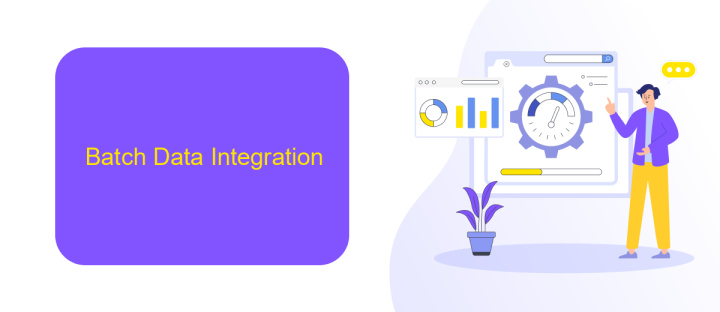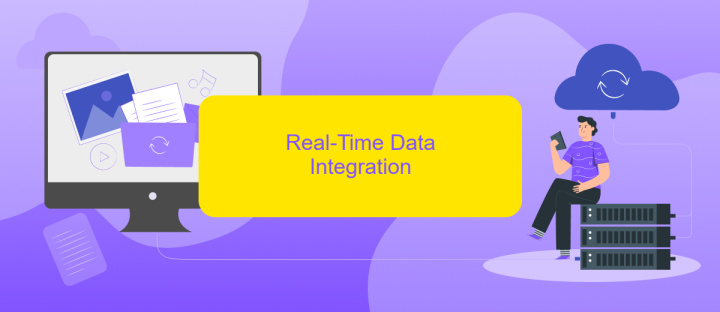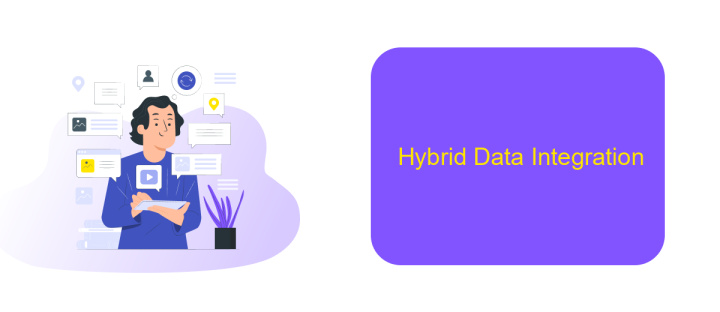Common Data Integration Approaches
In today's data-driven world, seamless integration of disparate data sources is crucial for informed decision-making and operational efficiency. Common data integration approaches, such as ETL (Extract, Transform, Load), data virtualization, and data warehousing, provide robust solutions to unify and manage data. This article explores these methodologies, highlighting their benefits, challenges, and best practices to optimize data integration processes.
Introduction
Data integration is a critical aspect of modern data management, enabling organizations to combine data from various sources into a unified view. This process is essential for businesses to gain comprehensive insights, improve decision-making, and enhance operational efficiency. As data continues to grow in volume and complexity, effective data integration approaches have become increasingly important.
- ETL (Extract, Transform, Load): This traditional method involves extracting data from different sources, transforming it into a suitable format, and loading it into a target system.
- Data Virtualization: This approach provides a real-time, unified view of data without physically moving it, enabling quicker access and reduced storage costs.
- API Integration: Modern tools like ApiX-Drive facilitate seamless integration by connecting various applications and automating data flows between them.
Choosing the right data integration approach depends on several factors, including the specific needs of the organization, the nature of the data, and the desired outcomes. Leveraging tools like ApiX-Drive can simplify the integration process, making it more efficient and scalable. Ultimately, effective data integration strategies are vital for harnessing the full potential of data in today's competitive business landscape.
Batch Data Integration

Batch data integration is a method where data is collected over a period of time and then processed in large volumes at scheduled intervals. This approach is particularly useful for organizations that need to move or consolidate large amounts of data but do not require real-time processing. Batch processing allows for efficient use of system resources, as it can be scheduled during off-peak hours, thus minimizing the impact on system performance during business-critical times.
One of the key advantages of batch data integration is its ability to handle complex data transformations and integrations from multiple sources. Tools like ApiX-Drive can simplify this process by providing a user-friendly interface for setting up and managing data integrations. ApiX-Drive supports various data sources and destinations, allowing organizations to automate the transfer of data without the need for extensive coding or manual intervention. This makes it an ideal solution for businesses looking to streamline their batch data integration processes.
Real-Time Data Integration

Real-time data integration is essential for businesses that require up-to-the-minute information to make informed decisions. Unlike batch processing, real-time integration ensures that data is updated immediately across all systems, providing a seamless flow of information.
- Data Streaming: Continuous data streams are processed and integrated as they are generated.
- Event-Driven Architecture: Systems respond to events (e.g., transactions, updates) in real-time.
- API Integration: APIs allow for direct communication between systems, ensuring real-time data exchange.
Tools like ApiX-Drive facilitate real-time data integration by providing a platform that connects various applications and automates data flow. With ApiX-Drive, businesses can set up integrations quickly without the need for extensive coding, making it easier to maintain real-time data consistency across multiple systems. This ensures that all departments have access to the most current data, improving overall efficiency and decision-making.
Hybrid Data Integration

Hybrid data integration combines both on-premises and cloud-based approaches, offering a versatile solution for organizations with diverse data environments. This method allows businesses to leverage the strengths of both worlds, ensuring seamless data flow and accessibility.
By integrating data from various sources, hybrid integration supports real-time data processing and analytics. It is particularly beneficial for companies undergoing digital transformation, as it provides a scalable and flexible framework for managing data.
- Combines on-premises and cloud-based systems
- Supports real-time data processing
- Scalable and flexible framework
- Ideal for digital transformation
Tools like ApiX-Drive facilitate hybrid data integration by offering automated workflows and seamless connectivity between different platforms. Such services simplify the integration process, reduce manual effort, and ensure data consistency across the organization. By leveraging these tools, businesses can optimize their data management strategies and enhance operational efficiency.
Cloud-Based Data Integration
Cloud-based data integration has revolutionized how businesses manage and utilize their data. By leveraging cloud technologies, organizations can seamlessly connect disparate data sources, ensuring real-time data flow and consistency across various platforms. This approach eliminates the need for extensive on-premises infrastructure, reducing costs and complexity. Additionally, cloud-based solutions offer scalability, allowing businesses to easily adjust resources based on their data integration needs, thus providing flexibility and efficiency.
One notable service that facilitates cloud-based data integration is ApiX-Drive. ApiX-Drive simplifies the process by offering a user-friendly interface that enables businesses to set up integrations without requiring extensive technical knowledge. With ApiX-Drive, users can automate data transfer between various applications and services, ensuring that data is always up-to-date and accessible. This not only enhances productivity but also allows for more informed decision-making, as data from multiple sources can be unified and analyzed in real-time.
FAQ
What is data integration?
Why is data integration important?
What are the common approaches to data integration?
How can automation tools help with data integration?
What are the challenges of data integration?
Apix-Drive will help optimize business processes, save you from a lot of routine tasks and unnecessary costs for automation, attracting additional specialists. Try setting up a free test connection with ApiX-Drive and see for yourself. Now you have to think about where to invest the freed time and money!

